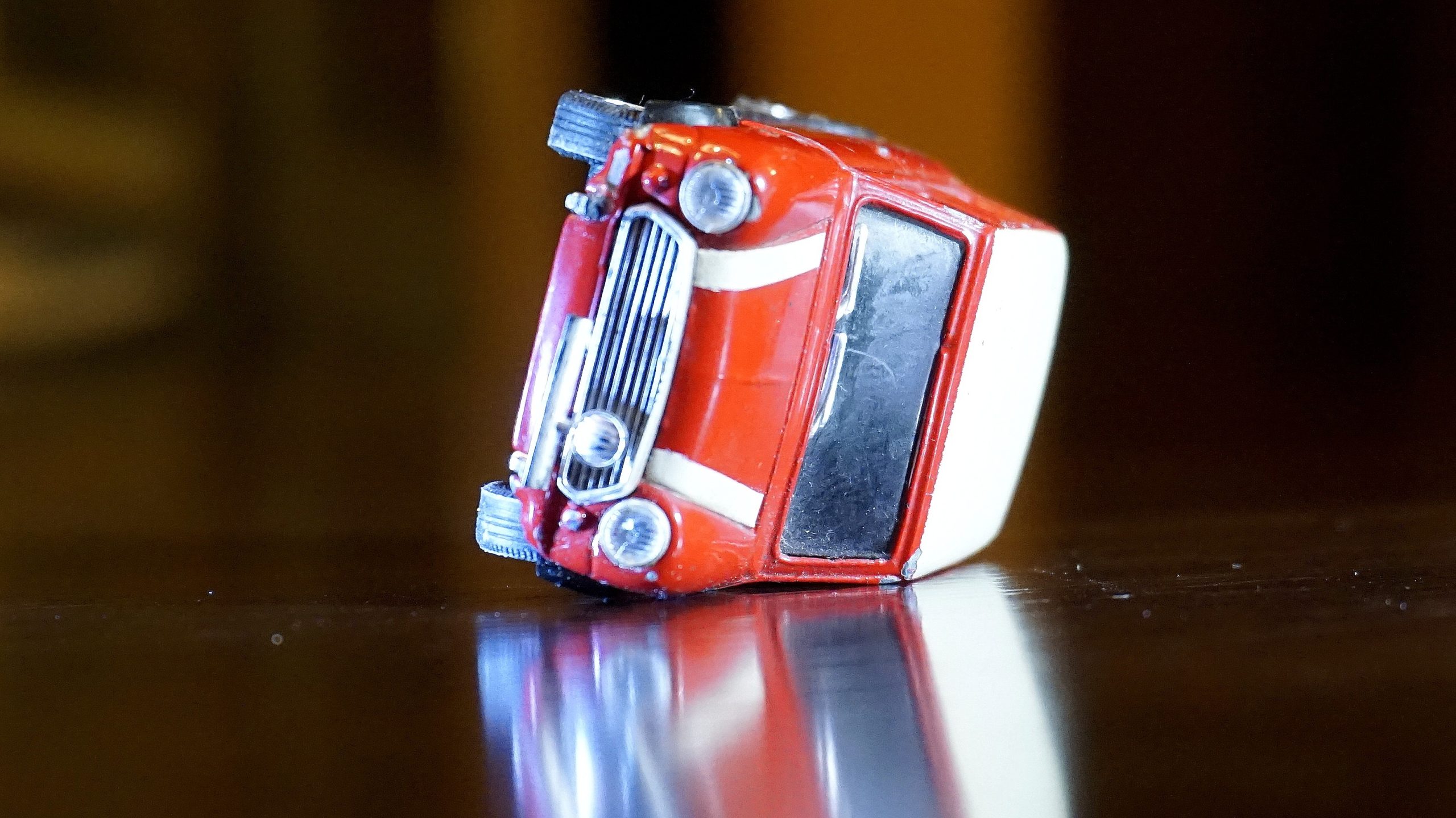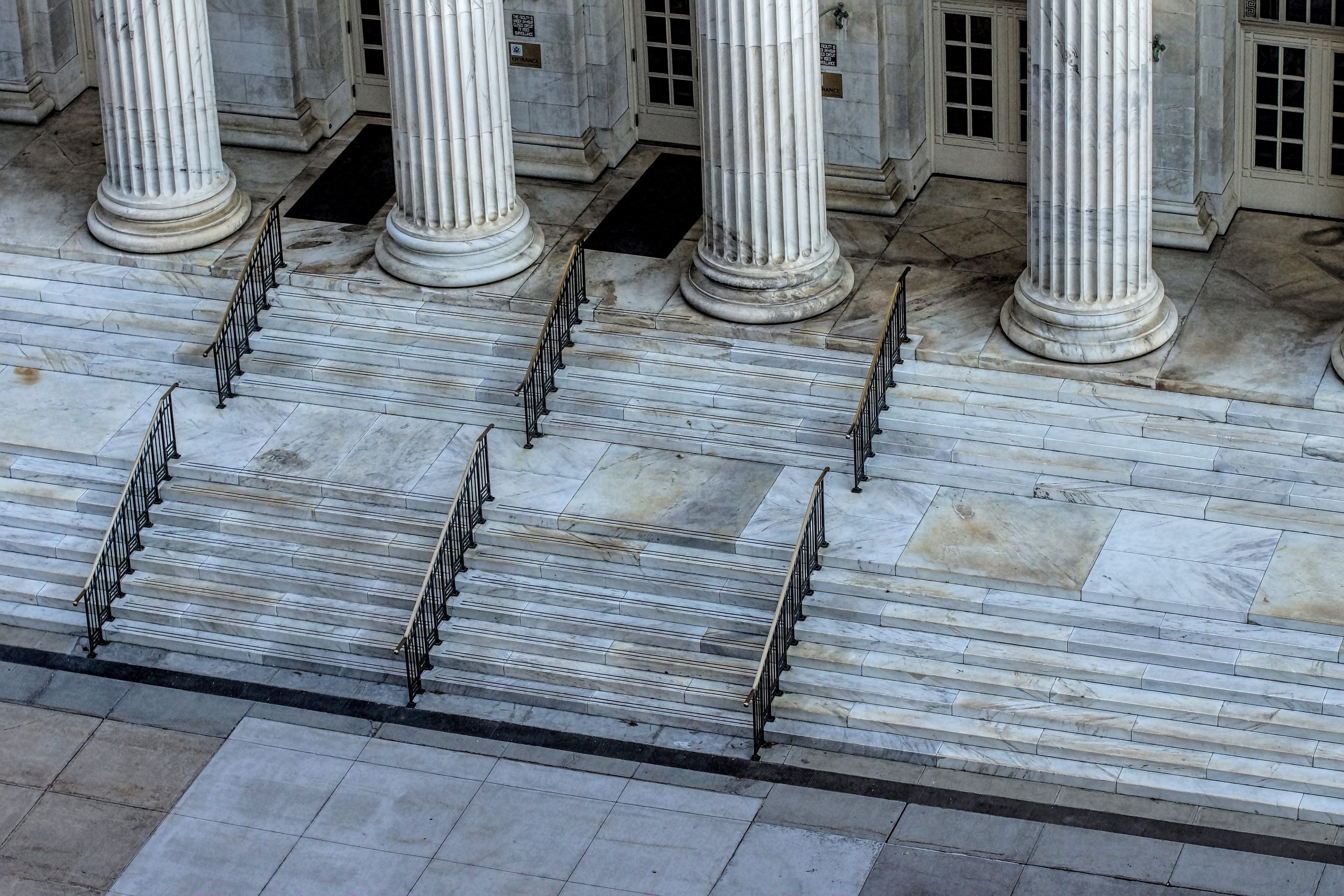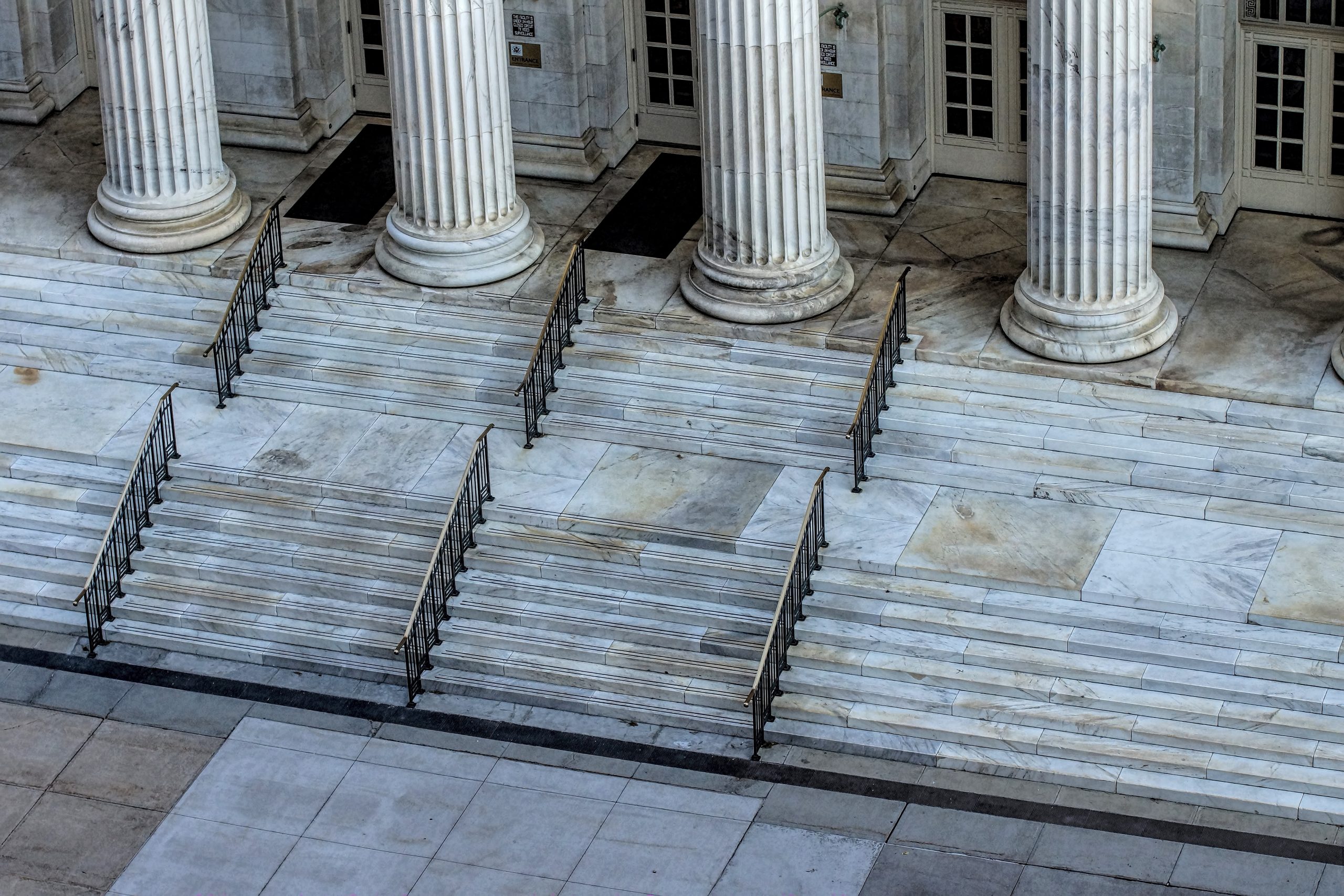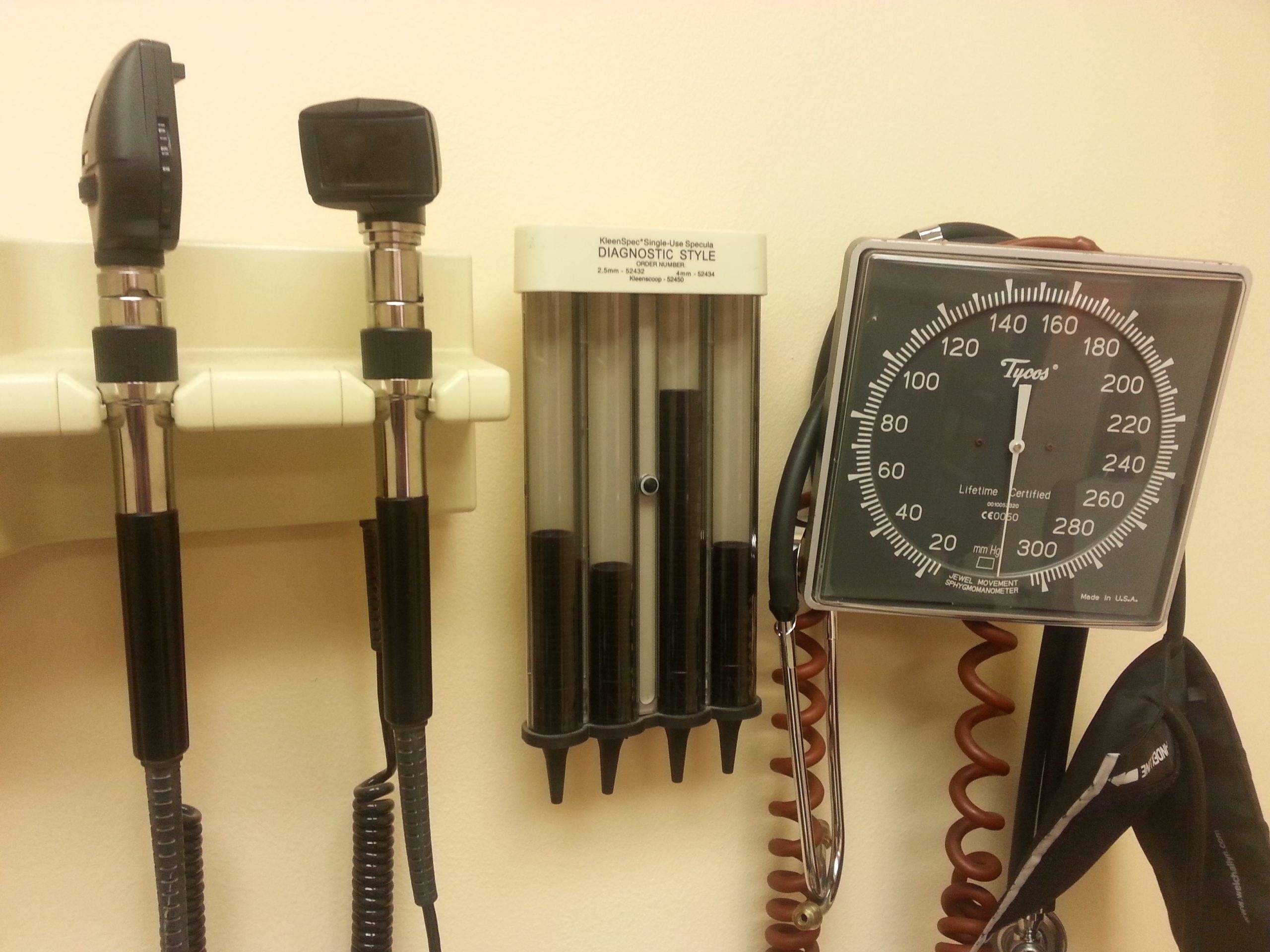 Filing a claim in court requires careful consideration of the appropriate time frame, as it can significantly impact the success of a lawsuit. This is particularly crucial when dealing with actions such as false arrest and false imprisonment, where prescription periods play a significant role.
Filing a claim in court requires careful consideration of the appropriate time frame, as it can significantly impact the success of a lawsuit. This is particularly crucial when dealing with actions such as false arrest and false imprisonment, where prescription periods play a significant role.
In a noteworthy case involving Marlon Eaglin, Powell, Deontrey Moten, and David Little, who were charged with attempted murder, the defendants’ release led to the filing of a petition for false arrest and false imprisonment. However, the defendants raised an exception of prescription, arguing that the claims had exceeded the prescribed time limit. This case is a stark reminder of the importance of understanding and adhering to the applicable time frame when seeking justice in court.
An attempted murder charge was brought against Marlon Eaglin, Powell, Deontrey Moten, and David Little by the Eunice Police Department. The defendants were arrested on May 4, 2015, and released on August 21, 2015.
 Insurance Dispute Lawyer Blog
Insurance Dispute Lawyer Blog


 In some cases, mistakes in following procedure can harm a plaintiff’s cause of action even if the case otherwise may be successful on the merits. For example, legal malpractice cases in Louisiana must be filed within one year from when the plaintiff knew or should have known that malpractice had occurred. A recent case out of the Parish of East Baton Rouge has outlined when a plaintiff is considered to have some notice of legal malpractice.
In some cases, mistakes in following procedure can harm a plaintiff’s cause of action even if the case otherwise may be successful on the merits. For example, legal malpractice cases in Louisiana must be filed within one year from when the plaintiff knew or should have known that malpractice had occurred. A recent case out of the Parish of East Baton Rouge has outlined when a plaintiff is considered to have some notice of legal malpractice.  Although you may be excited if you are awarded damages at trial, your award might still face a challenge on appeal. Therefore, when you are involved in a trial for an accident in which you were harmed, it is important to understand what evidence you need to present so that any money you are awarded can survive a challenge on appeal.
Although you may be excited if you are awarded damages at trial, your award might still face a challenge on appeal. Therefore, when you are involved in a trial for an accident in which you were harmed, it is important to understand what evidence you need to present so that any money you are awarded can survive a challenge on appeal.  Simple driving accidents happen every day due to lapses in inattention. The results of these lapses can have devastating consequences. Whose is at fault in an accident when both parties were less than perfect in assessments of dangers on the road? The subsequent lawsuit from Louisiana shows how a court will determine how much fault each party bears for an accident and adjust damages based on that outcome.
Simple driving accidents happen every day due to lapses in inattention. The results of these lapses can have devastating consequences. Whose is at fault in an accident when both parties were less than perfect in assessments of dangers on the road? The subsequent lawsuit from Louisiana shows how a court will determine how much fault each party bears for an accident and adjust damages based on that outcome. An employee injured at work while performing the functions of her job is generally entitled to worker’s compensation. But what about a worker injured on the job by the intentional act of a fellow employee? An action for recovery due to employer negligence could be a better option.
An employee injured at work while performing the functions of her job is generally entitled to worker’s compensation. But what about a worker injured on the job by the intentional act of a fellow employee? An action for recovery due to employer negligence could be a better option. Allocating damages in a wrongful death case is challenging because putting a price on a life is hard. Therefore, if a family in a wrongful death case feels the jury abused its discretion in calculating that monetary value, then the family can resort to a motion for JNOV to try and correct the decision. However, this is a rigorous standard, and a recent case out of Baton Rouge outlines how a court reviews these motions.
Allocating damages in a wrongful death case is challenging because putting a price on a life is hard. Therefore, if a family in a wrongful death case feels the jury abused its discretion in calculating that monetary value, then the family can resort to a motion for JNOV to try and correct the decision. However, this is a rigorous standard, and a recent case out of Baton Rouge outlines how a court reviews these motions.  You think that when you’re being taken care of by hospital personnel, you are in safe hands and do not have to fear for your safety. However, if you are injured when being moved from a hospital cart to your bed, can you claim negligence based on
You think that when you’re being taken care of by hospital personnel, you are in safe hands and do not have to fear for your safety. However, if you are injured when being moved from a hospital cart to your bed, can you claim negligence based on  Losing a loved one is hard enough. What happens, however, when multiple people claim they have a right to the same property the decedent owns at the time of their death? Cases involving multiple parties and claimants can get tricky, especially when one claimant was the decedent’s spouse and the other was their descendant, as was the case in the following lawsuit.
Losing a loved one is hard enough. What happens, however, when multiple people claim they have a right to the same property the decedent owns at the time of their death? Cases involving multiple parties and claimants can get tricky, especially when one claimant was the decedent’s spouse and the other was their descendant, as was the case in the following lawsuit.  After a medical malpractice-induced injury, patients may need significant awards of damages to cover the expenses of a resulting disability. A case in Shreveport shows how to present substantial evidence of an ongoing need for care. It also helps answer the question; What kind of Evidence is Needed to Prove Future Medical Benefits in a Medical Malpractice Lawsuit?
After a medical malpractice-induced injury, patients may need significant awards of damages to cover the expenses of a resulting disability. A case in Shreveport shows how to present substantial evidence of an ongoing need for care. It also helps answer the question; What kind of Evidence is Needed to Prove Future Medical Benefits in a Medical Malpractice Lawsuit?